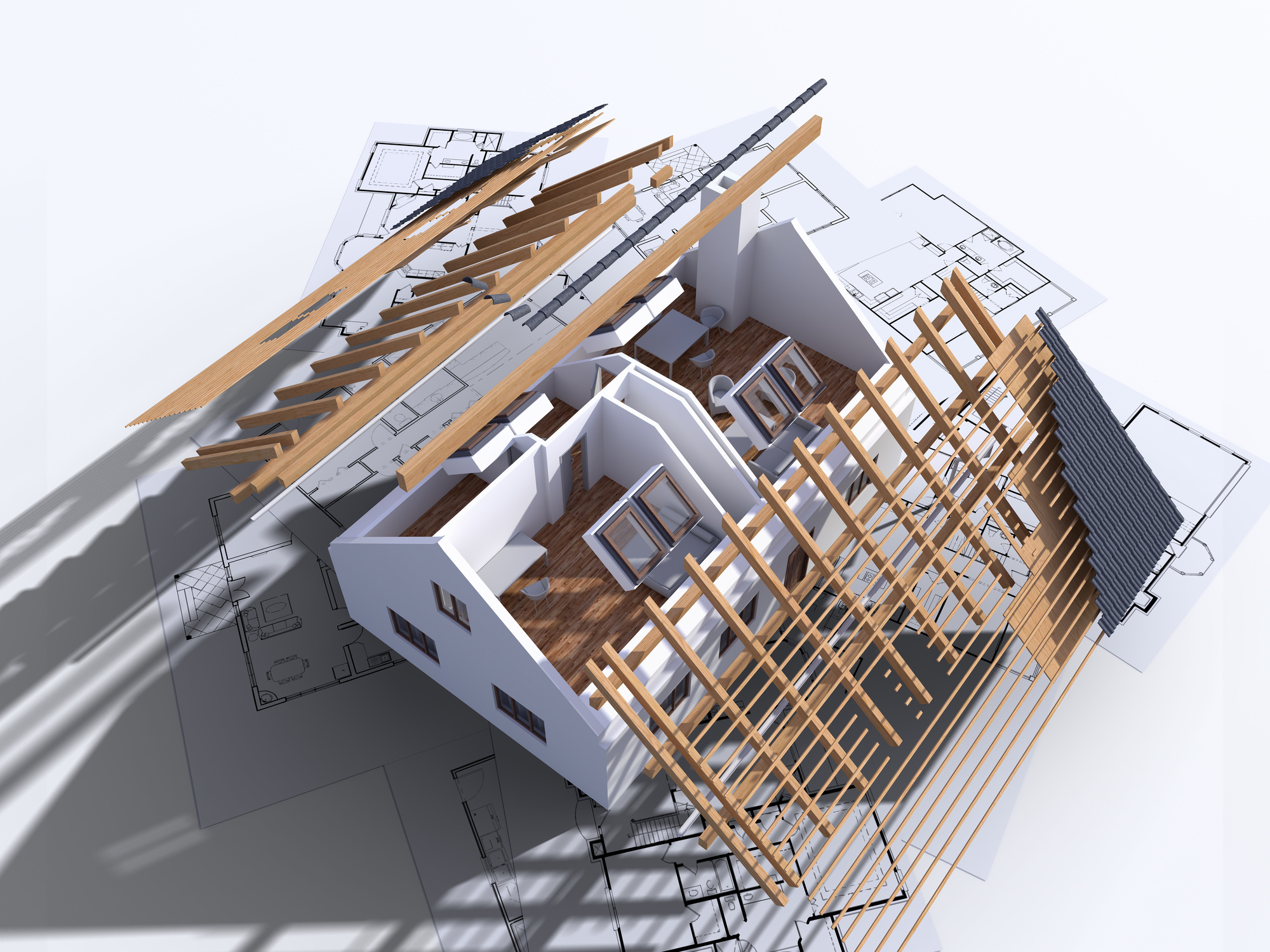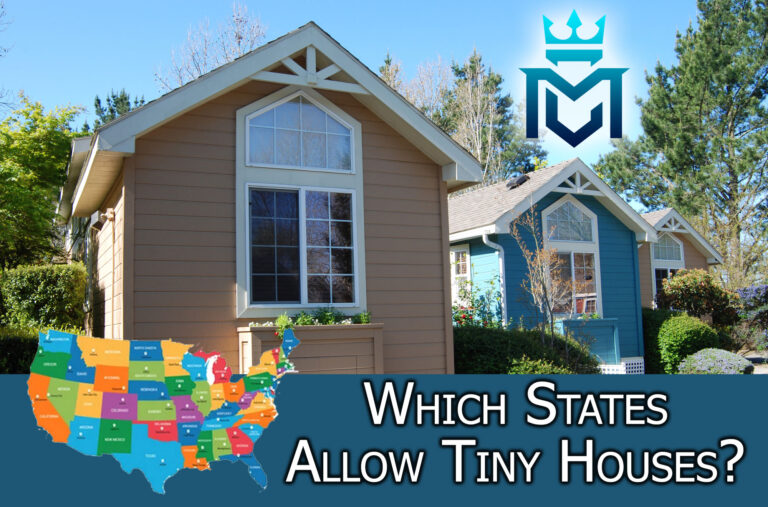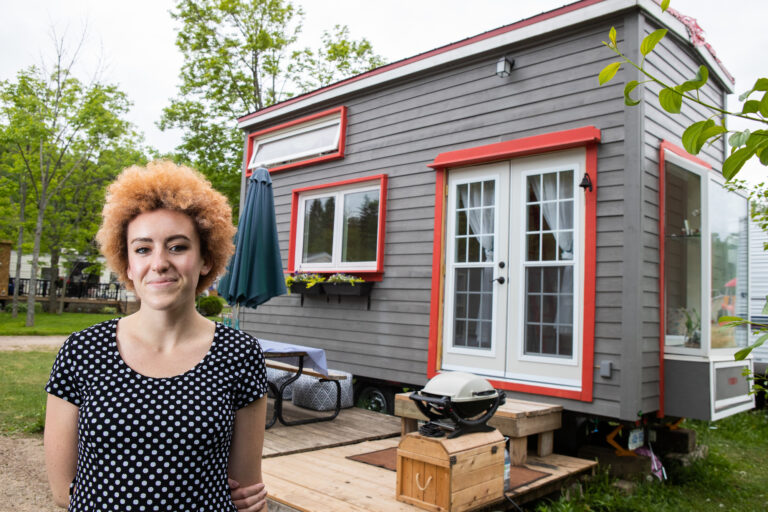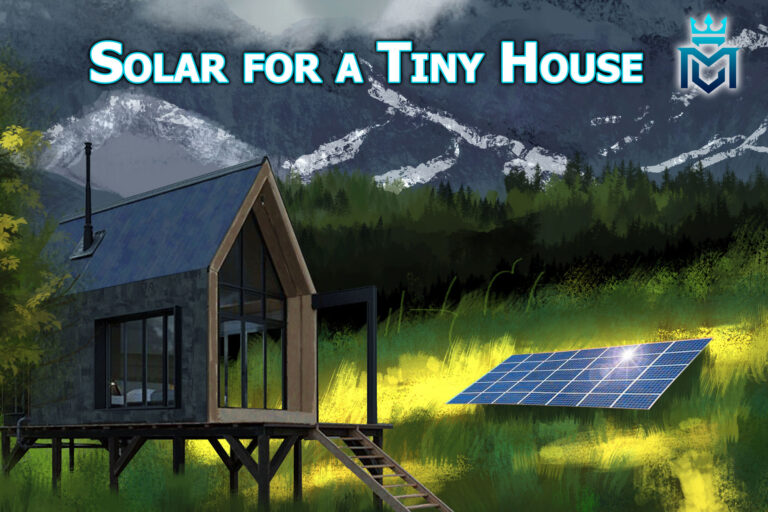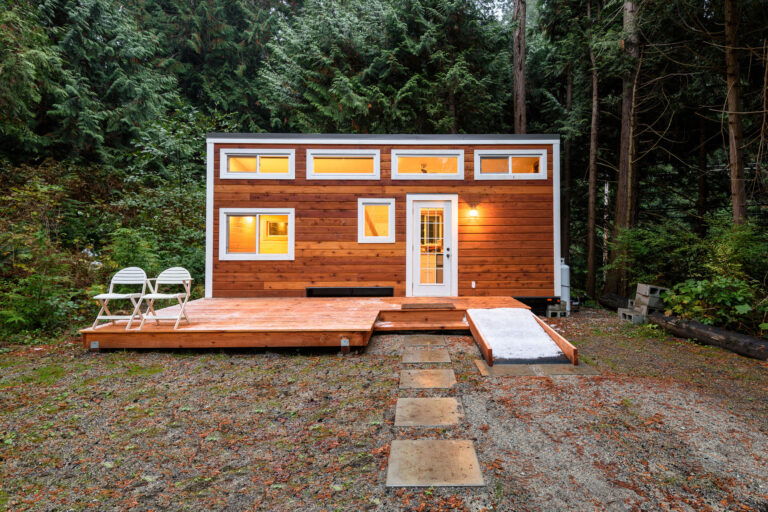5 Reasons You Should Consider Living In a Tiny Home
Even in locations where the median homes cost less than $100,000, the red hot housing market has increased prices by 42%. And in areas where homes sell casually for half a million dollars, houses that are generously called “diamonds in the rough” are setting new records in the $600,000 range. Enter the tiny home.
With the average house in the U.S. weighing in at around 2,400 square feet, American homes are more than double the size of those in other democratic countries like Britain, Japan, and Italy.
A tiny house, by comparison, has 500 square feet or less. In the following article, we’ll spotlight 5 great reasons to start your tiny house journey today.
1. Location, Location, Location
While the housing market in the United States is at a record level, the price for purchasing land is still relatively low. This is especially true if you are willing to forgo neighborhoods for a more rugged or rustic locale.
You are going to make some sacrifices choosing a tiny house over a conventional dwelling. But being able to enjoy the great outdoors is a great reason to chose a tiny house.
The average price per acre in the United States in 2020 was $3,160. That’s the exact price it was in 2019 pre-pandemic. So land is out there for a reasonable price.
Also, due to advances in solar power, composting, recyclable sewage technology, and rain collection systems, you can make your tiny house sustainable without conventional sewer, water, and electric utilities. This is especially possible because you’re working on a smaller scale with less heating, cooling, and utility drain.
So before you buy your trailer or start your tiny home plans, find that dream location.
2. Housing Stock
Unfortunately for you, even if a tiny house wasn’t your first choice, it may be your only choice if you’re looking to buy or build your own home. This spring, home sale websites reported nearly half as many homes for sale this year as the year prior.
That’s bad for buyers. It means that there are many homes in need of expensive updates on the market for too much money. Sure, you may find a diamond in the rough, but if prior housing bubbles are an accurate yardstick, you’ll have bought your fixer-upper now for a price that will make you choke in a year or so.
The tiny house is a good solution to this dilemma. You’re in effect creating your own housing stock by purchasing your own land and building your `first (or forever!) home on site.
3. Build to Your Specifications
OK, so if you’ve decided to look at what’s out there for tiny home floor plans, there are many places to look, but two of the most popular places to look for inspiration are Tiny Texas Houses and Tumbleweed Tiny Houses.
These companies both offer plans under 300 square feet and include wood interiors, lofts, basic kitchen appliances, water storage facilities.
These companies will sell the plans for their homes or build them to spec and deliver them. You can even choose to have tiny homes built from salvaged materials to help reduce your environmental footprint.
Of course, you can always make your tiny home a thing of luxury by choosing high-end, space-saving features like radiant in-floor heat, home automation, space-age storage containers, even mini hot tubs!
Many little houses are built on a trailer, but another option is to choose a repurposed shipping container. These units are made of steel and are sturdy and strong. Also, you can stack them, so as you need more space, you just add on.
However, you’ll need to master the ins and outs of a blow torch and some welding skills to DYI your way with a repurposed shipping container. Otherwise, you’ll need an architect and a good contractor to work with these big, steel boxes.
4. Tiny Home Debt Buster
One of the biggest reasons for you to choose a tiny house is the overall price. For roughly the cost of a 10% downpayment, you can recoup your tiny home cost.
The average tiny home costs about $23,000 to build. Your average home price in the United States is $272,000 and counting. That’s 10 times more. But, if you can get used to the small space, that money you save can be used to save for retirement, travel, or your dream home.
Another way that you’ll save money is that tiny homes don’t cost as much money to maintain and don’t have the same energy demands. Electricity, fuel, and water are all much lower expenses. In addition, a small solar array or compostable toilet goes a long way to adding big comfort off the grid.
5. Pick Up and Go
One of the best things about a tiny house is that since they are usually built on a towable trailer, you can put them in one location and, if needs be, move them again.
Maybe you need to only live in the tiny home for a short time, or you have upgraded your locale. In any event, the freedom that a properly built tiny house on a trailer gives a homeowner is tantamount.
Also, when you’ve placed the home, feel free to put your house on jacks and use the trailer as a deck. It’ll double your outside living space almost instantaneously.
A Couple Cautions
Now that you’ve read all the upsides of living in a tiny home, you should keep in mind that this style of living isn’t for everyone. Growing families need to make significant sacrifices in privacy and possessions to make a tiny house work.
Also, during the pandemic, people who thought they go off the grid and work from home or on the road found that the United States isn’t as internet friendly in remote locations or without broadband connections.
Also, if you can’t afford to pay for the construction of your tiny house out of pocket, you may find it difficult to find financing without collateral for construction. In general, there are no mortgage-like payment schemes for tiny homes. However, individual contractors may offer a payment plan to get the tiny house built.
Is a Tiny House Right For You?
Now that you’re familiar with tiny home pros and cons, are you ready to take the plunge? Or are you still undecided?
One thing that may help you decide if a tiny house is right for you is to take an inventory of the things you can live with and without. Are there modern conveniences that you can’t live without? Conversely, is there a place you need to live that only a tiny house will help you get to?
If you need more help with these questions, contact us today to get some tiny house construction and financial advice.

